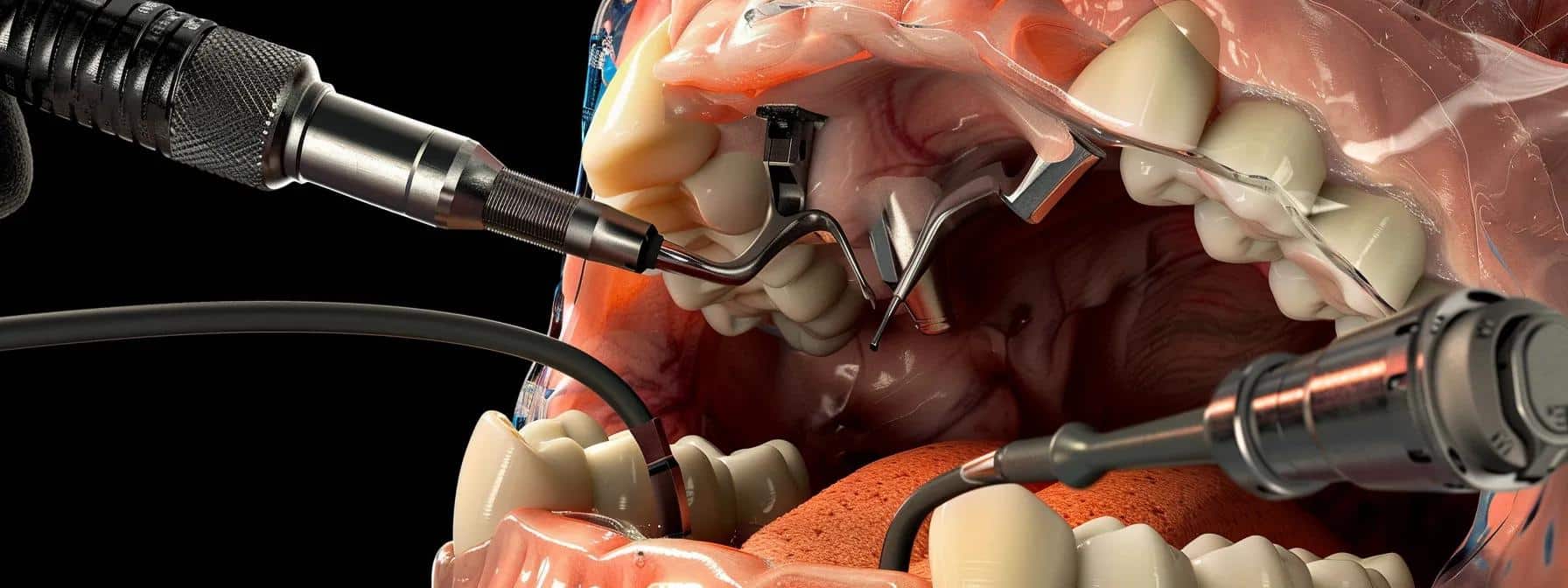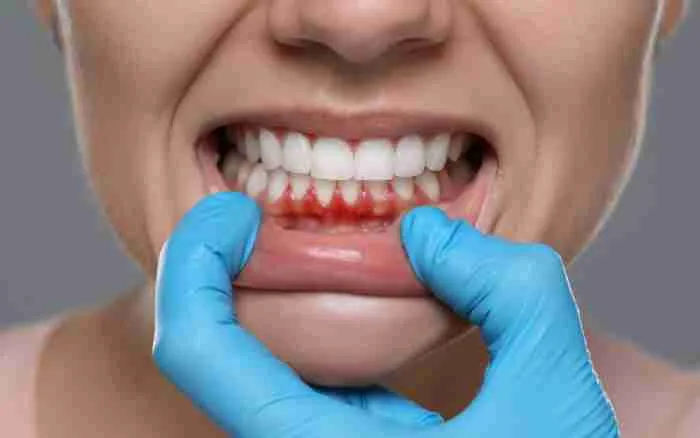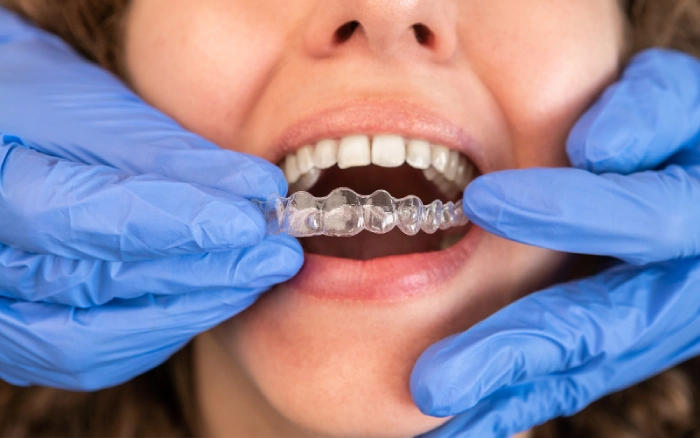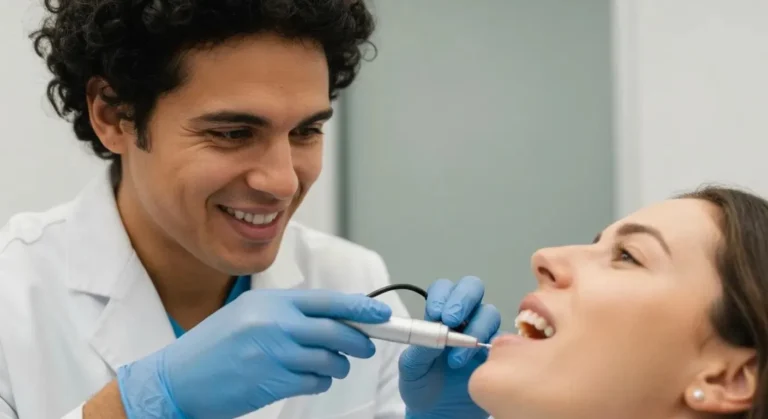What to Expect During a Tooth Extraction Procedure
Tooth extraction is a dental procedure that often makes patients feel uncertain. Knowing what happens before, during, and after the procedure can ease concerns and help you prepare for a smooth recovery. From the initial consultation to aftercare instructions, understanding the process helps you feel informed. Here’s more information on what to expect during a tooth removal procedure:
Understanding Why Extraction Is Needed
There are several reasons why a tooth extraction becomes necessary to preserve overall oral health and prevent further complications. These include:
- Severe tooth decay or damage that cannot be repaired with fillings, crowns, or other treatments.
- Impacted teeth, such as wisdom teeth, which cause pain, swelling, or infection.
- Overcrowding requires the removal of one or more teeth to create space for orthodontic treatment.
- Advanced periodontal disease, leading to loosening of the tooth due to bone loss.
- Fractured teeth below the gum line, which cannot be restored.
Understanding the specific need for tooth extraction is key to managing the procedure’s impact and developing a plan for future dental care. Always consult with your dentist to determine the best course of action.
Preparing for Tooth Extraction
Your dentist will review your medical history and current medications before the procedure. X-rays help the dentist see the tooth’s position and plan the extraction approach. Make sure to inform your dentist about any health conditions, medications, or allergies you have. Most tooth extractions are performed using local anesthesia to numb the area. Your dentist may prescribe antibiotics if you have an infection or a specific medical condition. Plan to have someone drive you home after the procedure, especially if sedation is used. Arrange to take time off from work or school for recovery.
Undergoing the Procedure
The dentist begins by administering local anesthesia to numb the tooth and surrounding tissues. You will feel pressure, but should not experience pain during the extraction. Simple extractions involve loosening the tooth with special instruments called elevators, then grasping it with forceps to remove it from the socket. Complex extractions may require making small incisions in the gum tissue. Your dentist will place gauze over the extraction site to control bleeding and help form a blood clot.
Managing Recovery and Aftercare
Proper recovery and aftercare following a tooth extraction are key to promoting healing and preventing complications. Here are some key tips to aid a smooth recovery:
- Keep the gauze in place: Leave the gauze over the extraction site for some minutes or as directed by your dental specialist to control bleeding.
- Avoid strenuous activity: Refrain from intense physical activities for at least 24 hours to prevent dislodging the blood clot.
- Apply a cold compress: Reduce swelling and discomfort by applying a cold compress to the outside of your cheek near the extraction site for some minutes at a time.
- Stick to soft foods: Consume soft, cool foods for the first few days, and reintroduce other foods gradually as your comfort allows.
- Maintain oral hygiene carefully: Gently rinse your mouth with warm salt water after the first 24 hours and avoid brushing directly at the extraction site for a few days.
By adhering to these guidelines, you can support the natural healing process and minimize the risk of postoperative complications. Consult your dentist if you experience prolonged pain, swelling, or bleeding.
Schedule Your Tooth Extraction Appointment
Tooth extraction is a routine procedure that can relieve pain and prevent further dental problems. Understanding what to expect helps you prepare mentally and physically for the treatment. Contact a trusted dental specialist near you to schedule your dental extraction appointment and explore your treatment options.






